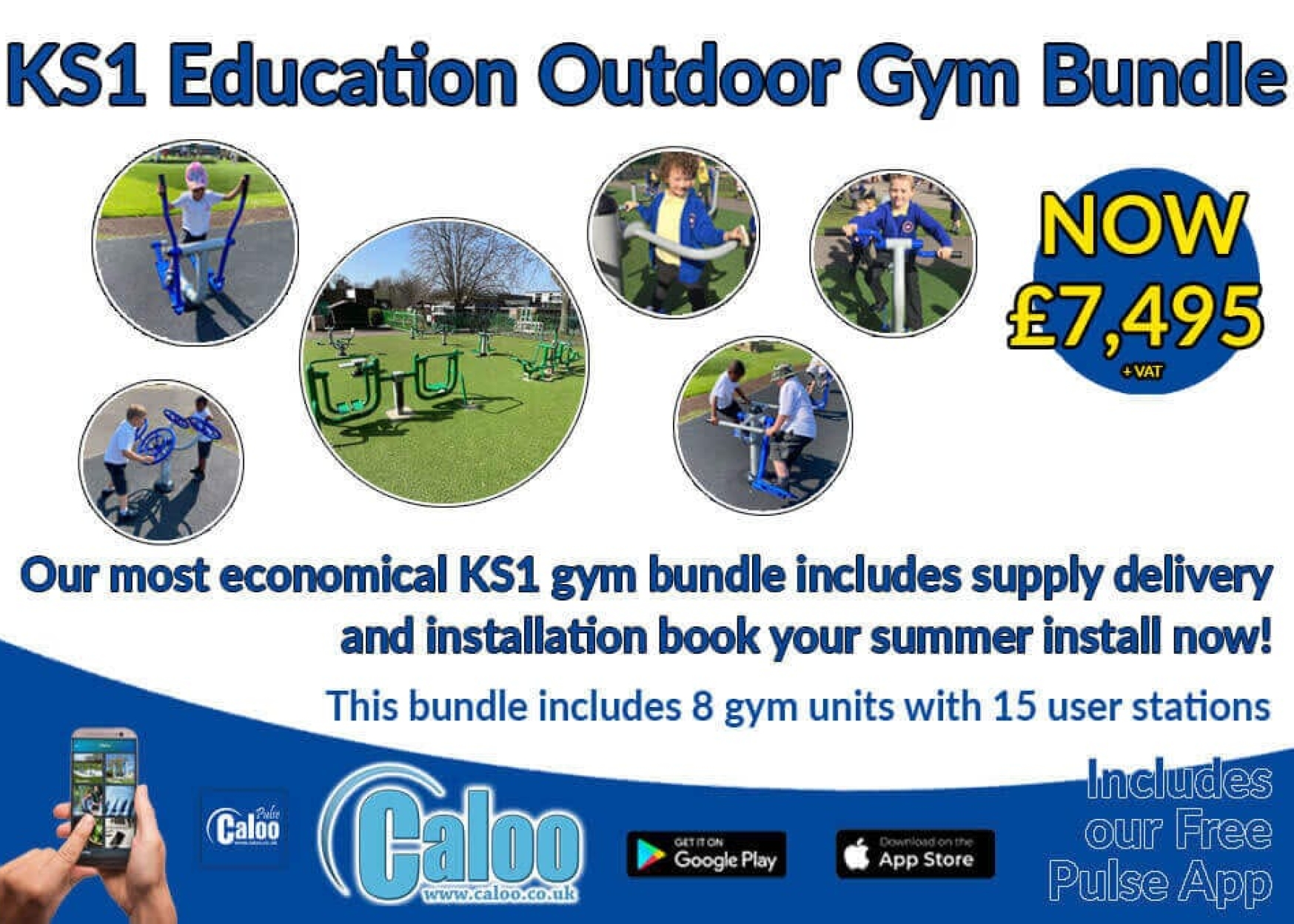
Aug

What to consider when creating an inclusive playground for all children
An outdoor playground should be a place where every child feels welcome, engaged, and able to participate, regardless of physical ability, sensory needs, or learning differences. Yet many traditional playgrounds still fall short of being truly inclusive.
An inclusive playground ensures children of all abilities can play together safely and confidently. Key features include accessible surfacing, sensory elements, quiet zones, and varied equipment. Thoughtful design encourages social interaction, supports physical and mental development, and creates a welcoming space where every child feels valued and included.
Creating an inclusive playground that works for all children is not about designing a separate area. It is about making thoughtful choices that promote equal access, shared play experiences, and a sense of belonging. In this blog, we explore what you need to consider when making your playground accessible to all children, and how inclusive design can support development, confidence, and community connection.
Why Inclusive Playgrounds Matter
Inclusive play benefits everyone. When a playground is designed with accessibility in mind, children of all abilities can enjoy the space safely and confidently. This not only promotes physical activity and social interaction but also helps build empathy, understanding, and shared experience among children from different backgrounds.
According to Scope, there are an estimated 1.5 million disabled children in the UK. Many face physical, social, or environmental barriers when it comes to outdoor play. Making changes to playground design is one of the most effective ways to remove these barriers and support equal access to the benefits of play.
Key Considerations for Inclusive Playground Design
Accessible Surfacing
The foundation of an inclusive playground begins with the ground itself. Grass, bark, and uneven surfaces can make it difficult for children using wheelchairs, walkers, or other mobility aids to access equipment or move around the area.
Instead, consider accessible surfacing options such as:
• Wetpour rubber: Smooth, durable, and suitable for both mobility aids and pushchairs
• Rubber mulch: Provides impact absorption with a more natural look, often used in landscaped or rural settings
• Artificial grass with a stable underlay: Offers a soft, natural aesthetic while remaining accessible
Choosing the right surfacing ensures that all children can access the full playground without restriction.
Ramp and Ground Level Access
Elevated platforms and towers are popular features, but they must be complemented with accessible options. Ramps with the correct gradient allow children using wheelchairs or with limited mobility to reach play elements that would otherwise be out of bounds.
It is also important to include meaningful ground-level play. This could include:
• access swings and springers
Designing for a variety of access points ensures all children can take part without needing assistance.
Sensory Play Opportunities
Playgrounds should engage more than just movement. Sensory play stimulates sight, sound, touch, and sometimes even smell, supporting children with autism, visual impairments, or sensory processing challenges.
Incorporate elements such as:
• Spinning features and motion-based play
• Musical chimes, drums, or interactive sound panels
• Textured materials and tactile panels
• Water or sand play with accessible reach zones
These features support both neurodiverse and neurotypical children and encourage self-directed exploration and creativity.
Quiet Spaces and Rest Areas
Not every child is comfortable in busy, noisy environments. Including quiet zones where children can rest, regroup, or simply enjoy a break from stimulation can be essential for those with sensory sensitivities, anxiety, or fatigue.
This might include:
•Shaded seating or sheltered spots
•Semi-enclosed playhouses
•Benches with back support
•Calm, neutral zones away from active areas
Providing these options helps make the playground a space children want to return to because it meets their needs without compromise.
Inclusive Equipment
It is important to think beyond simply adding one accessible item. The most effective inclusive playgrounds offer variety, choice, and shared experience. That means offering different ways to climb, balance, swing, or interact for all ability levels.
Examples of inclusive equipment include:
• Basket swings or group swings that can accommodate multiple users
• Wide slides with transfer platforms
• Climbing frames with graduated difficulty
• Interactive panels that do not require height, strength, or speed to use
Caloo offers a range of inclusive playground equipment designed to support mixed abilities in the same space, without separating children by need.
Safety, Compliance, and Practical Planning
Creating an accessible playground also means ensuring it is safe and suitable for all users. Any inclusive play project should comply with recognised standards, including:
• BS EN 1176 for play equipment safety
• BS EN 1177 for impact-absorbing surfacing
• Equality Act 2010 obligations around public space access
In practical terms, this means:
• Clear access paths from car parks or entrances
• Space around equipment for turning and support
• Maintenance-friendly materials that remain accessible throughout the year
Caloo’s experienced team can advise on design, compliance, and equipment that support inclusive goals without overcomplicating the layout or requiring a large budget.
Common Misconceptions About Inclusive Playgrounds
• “We need a separate area for accessible equipment.”
Not true. Children benefit most when they can play together. Design choices should encourage shared play, not separation.
• “Inclusive equipment is expensive.”
It does not have to be. Many accessible features can be built into standard equipment layouts or added through surface-level play features.
• “Our space is too small to be inclusive.”
Inclusivity is about thoughtful design, not scale. Even a small area can offer sensory panels, seating, and accessible surfacing.
FAQs
What is the most important feature of an accessible playground?
Accessible surfacing is essential. Without it, children using mobility aids cannot navigate the space safely or independently.
How do I know what equipment is inclusive?
Look for features that support a wide range of physical and sensory needs. Equipment suppliers like Caloo can guide you through inclusive options suitable for your space and audience.
Do we need planning permission for inclusive play upgrades?
Not usually, but it is best to check with your local planning authority, especially if you are working in a conservation area or altering the footprint of the site.
How can we make our current playground more inclusive without a full redesign?
Start with surface upgrades and add low-level sensory panels or accessible benches. These small steps can have a big impact.
Book Your Free Consultation
At Caloo, we believe that every child deserves the chance to play. Our inclusive playground equipment and surfacing solutions help schools, councils, and leisure providers create spaces where all children can enjoy outdoor play together.
Book your free consultation and site visit today to find out how we can help you design a safe, accessible, and inclusive playground that meets the needs of your community.

















